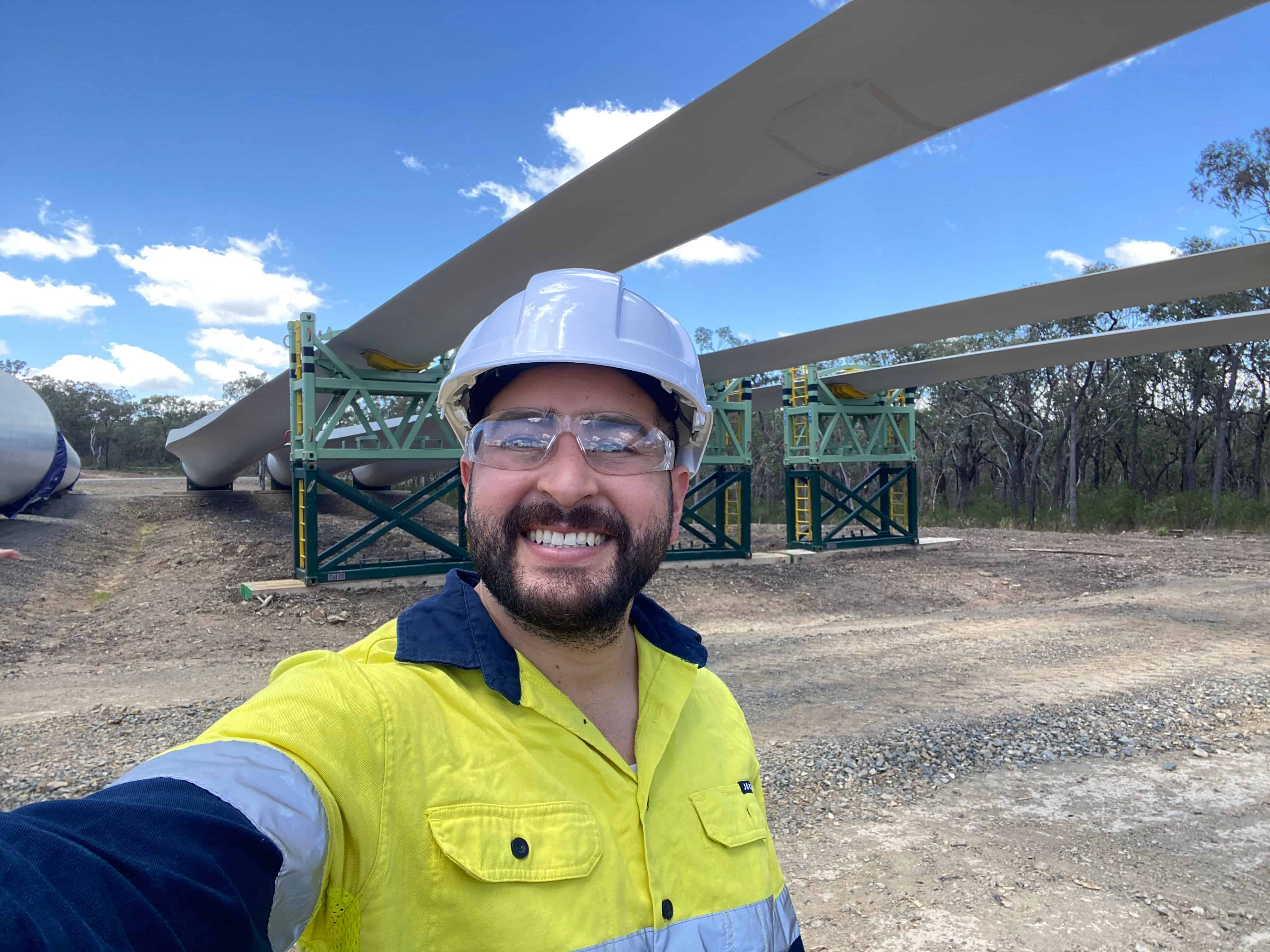Australia’s engineering sector is well known for its practical, hands-on approach that prioritises real-world testing and safety over purely theoretical models. In a world where many methodologies remain confined to textbooks, Australian engineers continuously prove that tangible experience and onsite problem solving are key to building enduring solutions.
A practical mindset in action
Australian engineers have a reputation for getting their hands dirty. Rather than relying solely on computer simulations and theoretical models, they routinely test their ideas under actual working conditions. This pragmatic approach means that projects are refined in the field before full-scale implementation.
Local engineering projects, such as RMIT’s speargun-inspired seabed probe, UNSW’s physical modelling of marine energy devices, and QUT’s Sumitomo Electric CPV trial at the Redlands Research Facility, prioritise extensive field trials and laboratory testing to validate designs before deployment. These hands-on processes have underpinned major infrastructure works — from bridges and roads to energy installations — where safety and reliability cannot be compromised. Field testing is vital in Australia’s varied climate, ensuring systems endure everything from coastal storms to inland dust storms.
Australian engineers lean on decades of local experience. Their work often involves iterative development: planning, testing, learning, and adjusting continuously. This cycle leads to improvements that are not only theoretically sound but also proven to work on the ground. It is this method that has helped Australia excel in areas such as mining, renewable energy, and infrastructure construction.
Field innovation in renewable energy projects
Australia’s renewable energy sector offers some of the best examples of this practical mindset. Australian engineers have developed cost-effective solutions for renewable projects, such as RMIT’s seabed testing device, which reduces offshore wind farm site investigation costs by up to 90% compared to traditional methods.
Several outback projects showcase this expertise. The Moura Solar Farm in Central Queensland runs over 185,000 panels with active dust-suppression measures to protect PV arrays from fine coal dust. In northern South Australia, the Port Augusta Solar Thermal Plant uses mirrored heliostats and weather-resilient tracking to cope with high temperature swings. Remote Western Australia’s Roy Hill microgrid combines solar PV with battery storage and advanced maintenance technologies to sustain performance under extreme heat and dust. These projects depend on site-tailored engineering to deliver reliable output despite desert conditions.

The practical approach taken by Australian engineers also plays a critical role in safety engineering. Field engineers inspect every aspect of a structure, from the quality of materials used to the methods of construction. The systems, therefore, can cope with both expected loads and unexpected stresses. A recent example is the implementation of advanced safety measures in urban rail projects.
In 2019, following a collision at Richmond Station, Sydney Trains installed a task-linked vigilance system across its suburban fleet. This system adds an automated brake-application feature: if a driver’s controls remain inactive for more than ten seconds, an alarm sounds and, if unacknowledged, the train automatically stops. Alongside new in-cabin data-logging units, these measures aim to reduce incidents of operator incapacitation. Engineers implemented these upgrades in accordance with recommendations from the Office of the National Rail Safety Regulator, demonstrating how proactive, field-tested solutions enhance passenger safety on busy urban lines.
Closing
Australian engineers work closely with local communities and regulatory bodies to validate safety features through extensive on-site testing. Instead of waiting for problems to appear after a project is completed, engineers here actively anticipate and mitigate potential issues during the design and construction phases. This proactive attitude ensures that projects remain robust under real-life conditions and continue to operate safely and effectively over their lifespan.
Engineering is everywhere
Engineering shapes our world, influencing every aspect of our lives: housing, transport, food and drink, technology and communication, art and entertainment, the news media, health, education, finance, and more. Follow this blog series as we continue to explore!
